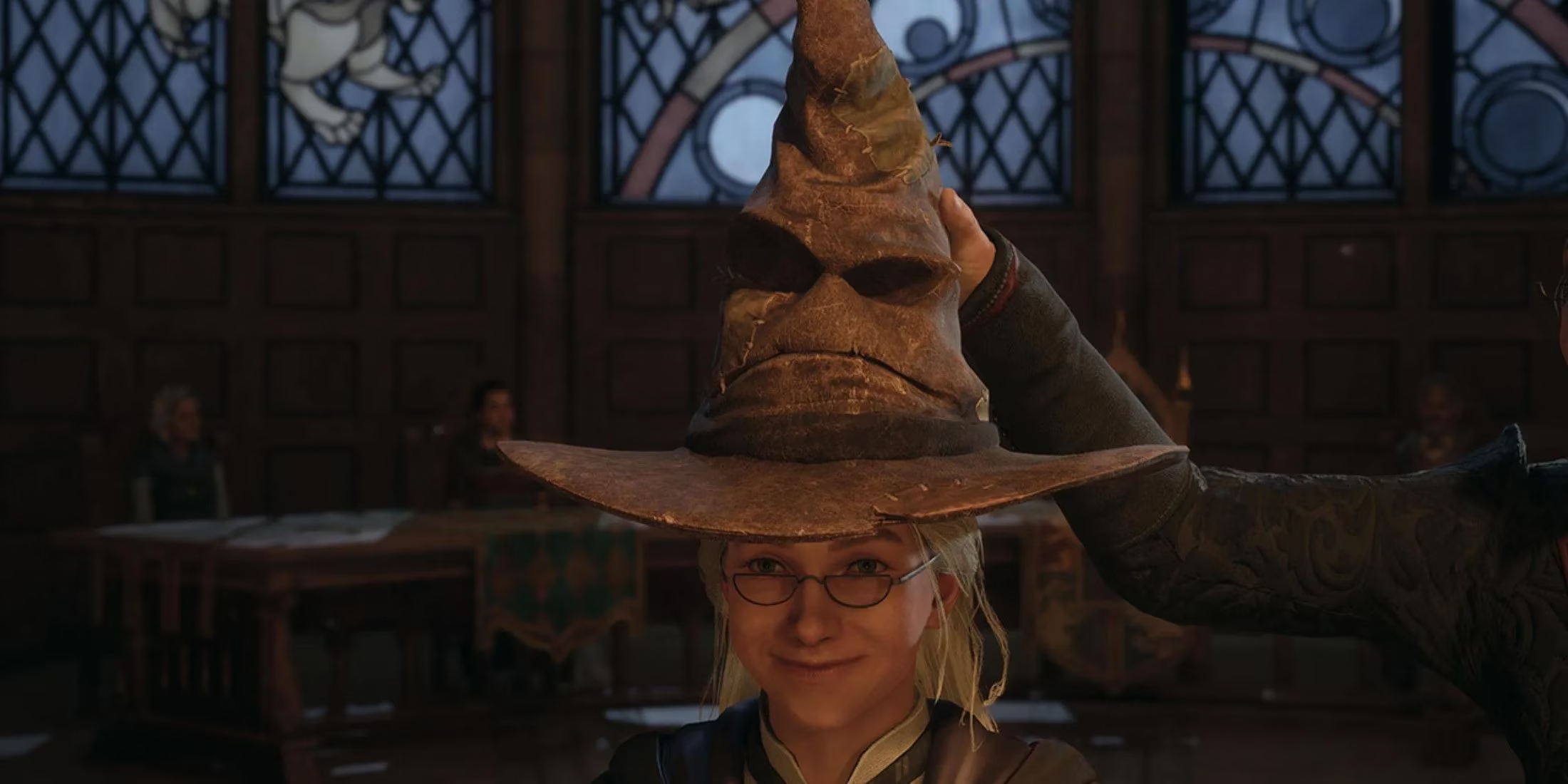Hogwarts Legacy cast a powerful spell upon release, shattering sales records and earning critical acclaim. Yet beneath its magical veneer lay undeniable cracks—a consequence-lite narrative, an open world that echoed with emptiness, and combat that failed to fully enchant. As whispers of a sequel grow louder in 2025, Avalanche Software faces a pivotal challenge: reimagining Hogwarts not just as a backdrop, but as a breathing ecosystem where student dynamics form the beating heart of the wizarding fantasy. 🏰✨

The castle halls in the original game pulsed with the promise of camaraderie—a vibrant student body teasing at immersion. Yet this illusion dissolved like vanishing ink as players progressed. Only four students carried meaningful narrative weight, each siloed within their houses like solitary champions: fiery Gryffindor rebel Natsai Onai, ambitious Slytherin Sebastian Sallow, nature-loving Hufflepuff Poppy Sweeting, and bookish Ravenclaw Amit Thakkar. Beyond these isolated stars? A constellation of forgettable NPCs, their presence reduced to window dressing rather than woven threads in Hogwarts' tapestry.
| House | Key Character | Personality Archetype |
|---|---|---|
| Gryffindor | Natsai Onai | Brave Reformer |
| Slytherin | Sebastian Sallow | Morally Complex Seeker |
| Hufflepuff | Poppy Sweeting | Gentle Protector |
| Ravenclaw | Amit Thakkar | Intellectual Explorer |
This skeletal approach made Hogwarts feel curiously sterile—a far cry from J.K. Rowling’s universe where rivalries, alliances, and cliques thrived within each house. Where was the Neville Longbottom stumbling through Gryffindor’s shadows? The Luna Lovegood floating through Ravenclaw’s eccentricities? By reducing entire houses to single ambassadors, Legacy flattened Hogwarts’ rich social architecture into simplistic caricatures.
💡 People Also Ask: Why did Sebastian Sallow resonate so deeply? His layered questline—a descent into dark magic fueled by family trauma—showcased what others lacked: messy, human contradictions. Players witnessed his moral unraveling like a cursed scroll unfurling, creating emotional investment impossible to replicate with one-dimensional peers. This single spark of complexity highlighted the void around it.
Imagine Slytherin house in the sequel, not as a monolith of ambition, but as a fractured court: Sebastian’s lingering influence clashing with a pure-blood traditionalist and a muggle-born reformer. Picture Gryffindor’s common room buzzing with tension between Quidditch rivals or Hufflepuff’s kitchens hosting secret study groups divided by ethical dilemmas. These internal house dynamics could birth organic conflicts:
-
Midnight duels in the Trophy Room over house point sabotage
-
Alliances formed during shared detention punishments
-
Moral debates during Potions class about restricted magic
By saturating each house with multiple perspective-bearing characters, Avalanche could transform Hogwarts from a picturesque set piece into a pressure cooker of adolescent drama. The castle’s staircases might whisper gossip; the Great Hall could thrum with shifting allegiances after tournament losses. Such depth would naturally incentivize replayability—would a Ravenclaw protagonist approach a Gryffindor’s arrogance differently than a Slytherin might?
🧪 The alchemy of success lies in recognizing Hogwarts itself as the true protagonist. While expanding the open world beyond the castle gates holds appeal, sacrificing student density for geographical scale risks repeating past emptiness. Legacy’s sequel must ask: What good are Forbidden Forest encounters or Hogsmeade butterbeers if returning to the dormitory feels lonelier than the Astronomy Tower at midnight?
The magic wand is in Avalanche’s hand. Will they cast Expecto Patronum on Hogwarts’ soul, or let Dementors of superficiality suck it dry? 🪄